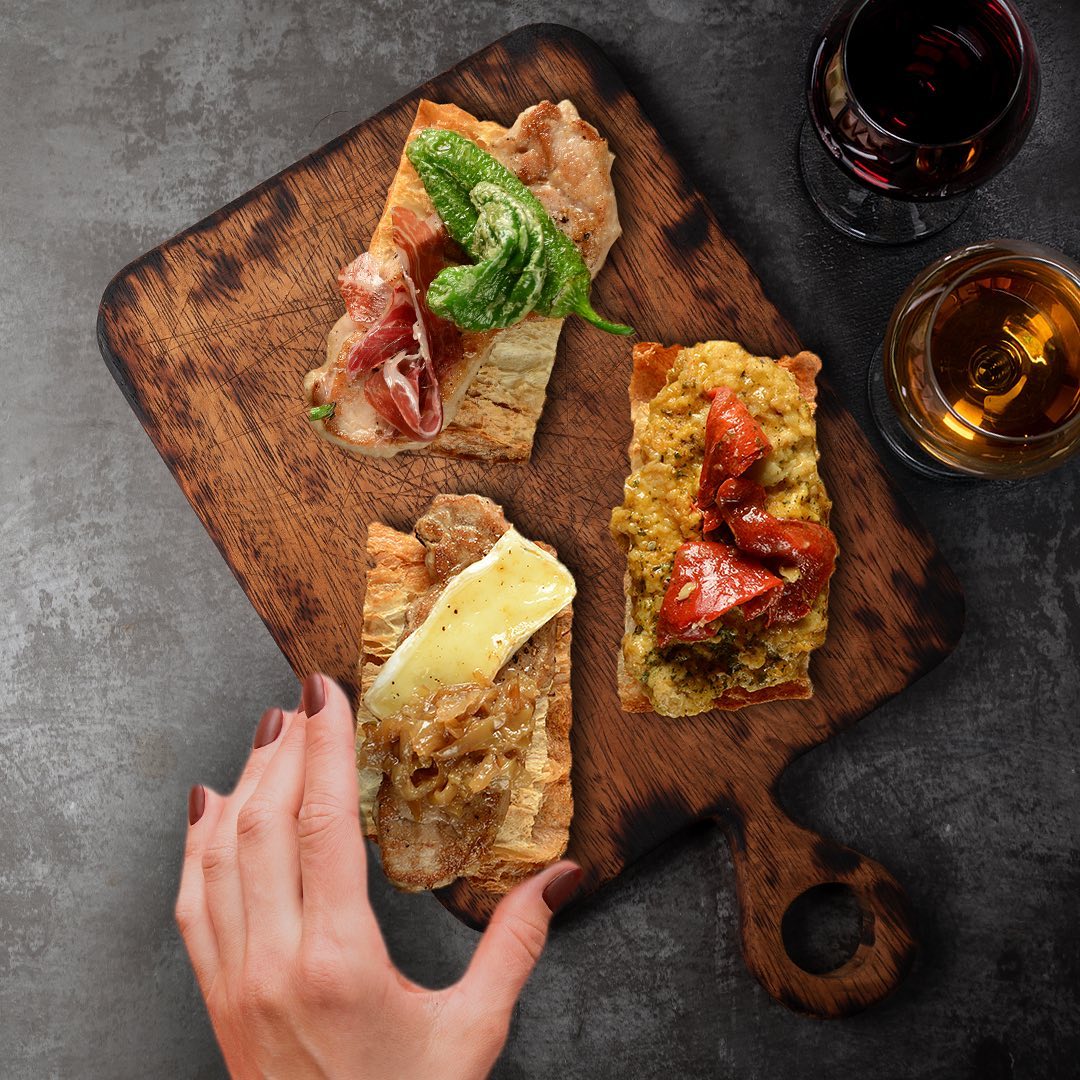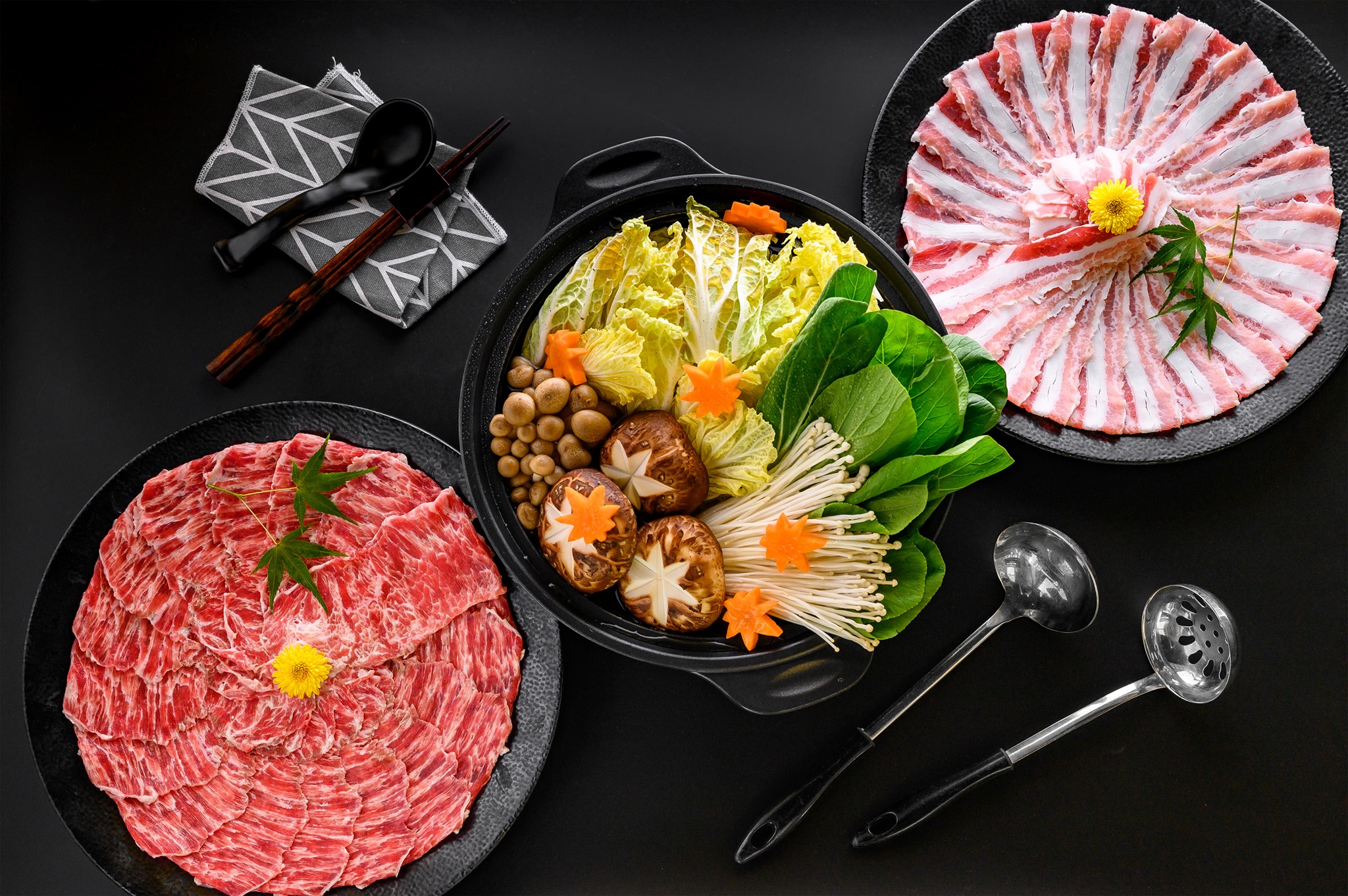Japanese food in Singapore used to be just about sushi and udon, but in the past few years yakitori and teppanyaki have begun to establish a place on our dining palates. Now, with the arrival of Singapore’s first fully fledged robataya restaurant, we decided to find out exactly what’s the difference between these forms of Japanese dining where all the chefs are performing acrobatics with the food, some using a paddle, others serving their food on skewers and the rest carving it up at the grill.
Yakitori
Unlike its counterparts, yakitori’s focus is usually on chicken and vegetables, with high grade fish thrown in (yakitori actually means “grilled chicken”). But unlike teppanyaki, yakitori is cooked on a grill rather than a hotplate (in other words, an open flame) and is served on skewers (known as kushi). But if you think yakitori is just expensive barbeque, think again. Mishima Taoki, customer service officer of newcomer Torisho Taka by Aoki (#02-01 Gallery Hotel, 1 Nanson Rd., 6732-3343), insists yakitori is a finely honed skill. “Asking the difference between yakitori and barbeque is like asking the difference between sewing and tailoring. Everyone can do simple sewing but not everyone can tailor. Yakitori is a skill as compared to barbequing,” he says.
Because the artistry of the cooking is also an experience, Taoki suggests guests always request counter, rather than table dining, especially for small groups. “High end dining is more than a feast for the palate—it’s a multi-sensory feast: You take in the chargrilled smells and you see the chef’s deft handling of the grill. The yakitori counter is akin to a stage where the chef performs nightly.”
For instance, at Torisho Taka, the traditions of the craft are taken so seriously that only binjo charcoal from the Kochi prefecture is used as it is traditionally considered to give the best flavor to the yakitori grill.
For those of us not used to the yakitori concept, it can be difficult to comprehend just how it works. Unlike a Western meal, the food is shared, but unlike a Chinese meal, the portions tend to be bite-sized (literally two or three items on a skewer). Taoki says if you’re eating a full yakitori meal, then its best to start with the skewer items first. These are the equivalent of an amuse bouche. Follow these with cold and hot appetizers, then don (rice) or udon (noodles) as the mains. Finish with the freshest fruit the season has to offer.
However, if you’re having your yakitori more as an accompaniment to a long drinking session, then ordering a few dishes at a time over a prolonged period of time is better, as you get to see the chef at work and the food tastes better piping hot from the stove.
Robataya
Robataya is the traditional blue collar form of dining in Roppongi, Japan, and Robataya Yoyogi (#01-04 The Pier, 80 Mohamed Sultan Rd., 6733-8711) is trying to emulate the tradition for Singaporeans. Unlike yakitori, robataya focuses on several different kinds of grilled items rather than predominantly chicken, and many of these are not served on yakitori skewers.
Indeed, robataya chefs in Japan serve their customers kneeling, so they place the food on large wooden paddles to better reach their diners. Here in Singapore the chefs are standing, but the large paddles are still used making the dining a visually interesting experience.
True to its working class roots, robataya as a communal form of eating is supposed to be noisier and more robust than the refined yakitori restaurant. According to Edwin Tan of Robataya Yoyogi, most patrons would sit around the counter, rather than at tables in a robataya restaurant. In fact, robataya restaurants are predominantly drinking establishments, where small amounts of food are consumed over several hours in company with the drinks. Tan says that at his restaurant customers often sit for hours at a time, chatting and drinking and ordering a few dishes and enjoying them, rather than dining quickly and leaving.
Teppanyaki
We all know that seats at the counter in a teppanyaki restaurant are coveted because it’s only here that you get the true teppanyaki experience: The chef slicing, dicing, tossing and throwing your food in all manner of crazy acrobatics. Indeed, the whole teppanyaki experience is largely about watching how your meal is constructed, so getting a seat at the counter is not just ideal—it’s a must.
Executive Chef Hiroshi Ishii of Keyaki (4/F, Pan Pacific Singapore, Marina Square, 7 Raffles Blvd., 6826-8335) points out that the major difference between teppanyaki and other types of dining is that the food is grilled on a hot plate or griddle, rather than on an open flame so the flavors are quite different. Common ingredients used in teppanyaki cooking include cabbage, shiitake mushrooms, shrimp, sausages and corn.





